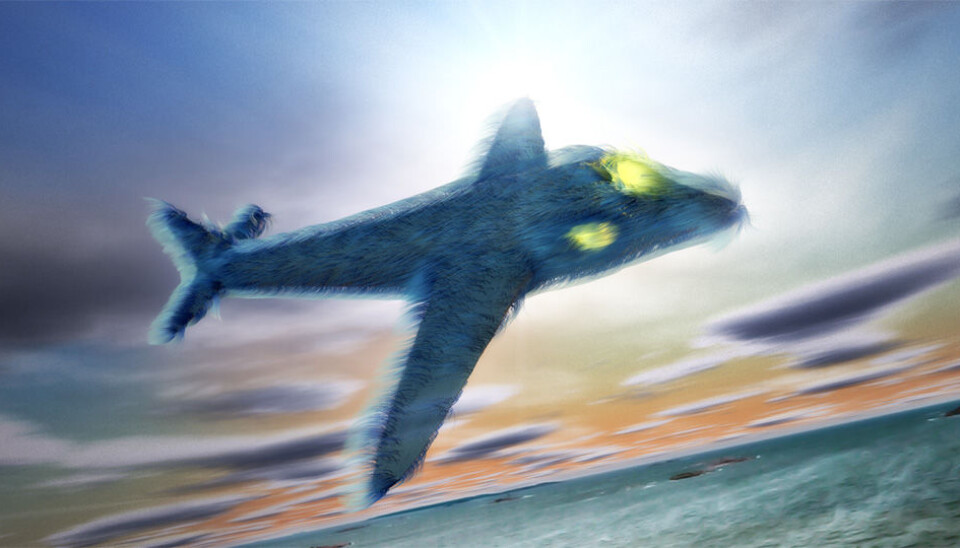
Future airplanes might be furry
Fur, feathers and other outgrowths augment motion, according to Swedish scientists.
Hair and feathers do more than keep animals warm and cosy.
Scientists have studied ways that hair and tails work together in a stream of air or water as animals move. Such outgrowths provide a lot of help in reducing the energy a creature in forward motion needs to use.
Flapping and fluttering
It’s a matter of fluttering, according to Shervin Bagheri. He works with a team of scientists at Sweden’s Royal Institute of Technology (KTH) and the University of Genoa in Italy.
In a current of water or air an elastic structure on the rear of a body will start flapping – much like a flag on a flagpole – on average in the direction of the flow.

But this is only so if the tail or hair is of a certain length. If the outgrowth is shorter it flaps or flutters at an angle of 20 to 40 degrees to the left or right.
This puts a lateral force on the body. It means the body, hull or fuselage can move sideways without much exertion or use of energy. The phenomenon can also be used to create more lift without increasing drag, according to a press release from KTH.
Hairy aircraft
The scientists think their discoveries could be used in future aircraft and boats.
“A consequence could be flexible structures on aircraft, although a lot of research remains to be done,” says Bagheri.
At least it’s feasible that some sort of simulated fur or tail could make our means of transportation perform at least as well as now using less fuel or power.
------------------
Read this article in Norwegian at forskning.no
Translated by: Glenn Ostling







